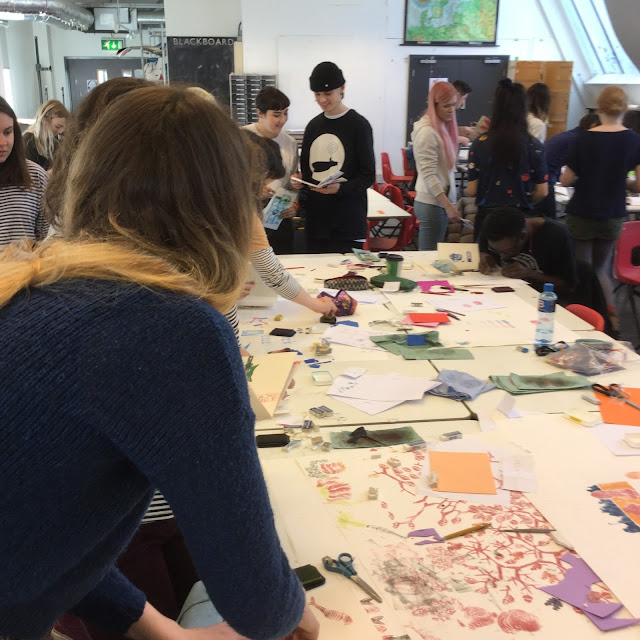Here are a few photographs from the day. All photographs by Tom Sowden.
The passport office was based on Lucy from Peanuts, psychiatrist booth.

At the end of the weekend we both collected stamps in our passports from all the participating exhibitors/stall holders/publishers.

See you next time !













































